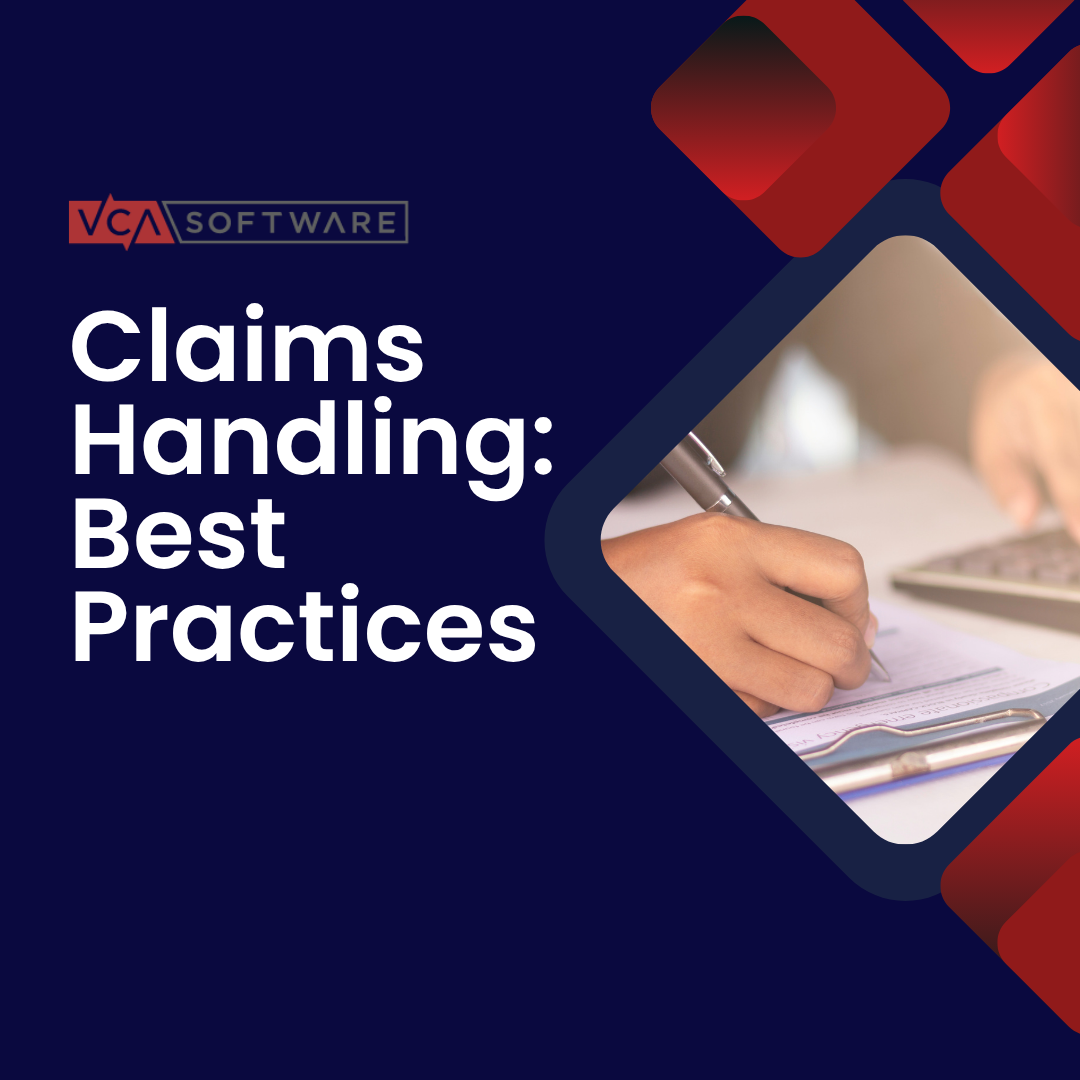As insurance rates rise and underwriting tightens, many large companies are turning to captive insurance solutions. When companies succeed in taking control of their claims, captives can be very cost effective. However, captive insurance claims control requires an in-depth understanding of loss drivers and best practices. Data transparency and advanced analytics can provide the insights needed for a cost-effective captive program.
The Rise of Captives
It’s no secret that the insurance market has been challenging in recent years. In response to emerging risks and economic conditions, insurers have raised rates and reduced capacity. This has made it harder for businesses to get the insurance they need through traditional carriers.
Captives are an increasingly popular solution. According to the Insurance Information Institute, the pandemic and related financial challenges have fueled captive insurance growth, and a 2021 report from Marsh found that captive formations nearly doubled in 2020.
This might just be the beginning. Entrepreneur predicts that the captives will continue to come the rescue as the insurance market hardens. Cyber coverage has become especially challenging, and Entrepreneur points out that companies can use captives to cover cyber risks.
Captives can also be used in other lines, including commercial property and auto, where increases in natural disasters, traffic fatalities and nuclear verdicts have made traditional coverage more challenging.
Are Captives Cost Efficient?
According to Milliman, captives have few overhead costs. They also see much better combined ratios. Over the last five years, traditional insurers have had combined ratios that hover around 100%, meaning they’re basically breaking even. Captives have had combined ratios of about 83%, meaning they’re seeing profits of almost 20%.
The nature of captives makes this possible. Advocates of captive structures point out many benefits, including coverage that’s tailored to the company’s needs, tax advantages and improved cash flow.
Another key benefit is that captives let businesses take control of their insurance costs. You don’t have to worry about costs increasing simply because of market conditions even though you’ve been keeping your loss history in check. If you can reduce losses, you can reap the underwriting profits. The same is true for claims management. If you manage claims efficiently, you can keep costs down and benefit directly from the savings. This incentive can give captive owners the motivation they need to push for better loss control.
A Double-Edge Sword
Captives help businesses reap savings. At the same time, this can be a double-edge sword. If you don’t control losses or manage claims well, your costs can increase. When you choose the captive option, you’re taking control of your insurance. That means you’re also taking responsibility for it. You really have skin in the game.
The captive model is promising, but adopting it doesn’t automatically guarantee success and savings. A captive is a business, and like any business, it needs to be operated efficiently.
Data Is Key
Captive owners generally have the motivation required to keep losses down, but they still need to right insights to determine which changes will produce the best results.
According to Captive International, a speaker at a Captive Insurance Companies Association webinar said that captive owners are increasing their use of analytics. These companies want to understand their data so they can figure out how to avoid losses, and analytics make this possible.
Your Claims Can Tell You a Lot
You want to avoid claims, but when they do happen, they can tell you a lot. Your claims data can help you pinpoint loss drivers so you can address the problems that are driving up your costs. Claims data can also help you determine whether your current initiatives are effective so you can decide whether to keep it up, adjust your strategy or try something else.
You already have claims data. All you need now is a platform that can help you find meaning in that data.
The Claims Handling and Analytics You Need
A better claims process can help your captive insurance program tackle two issues at once. First, automation can streamline the claims processes, resulting in lower costs. Second, the claims data can be analyzed to provide the insights you need to minimize your future losses.
Are you ready to embrace true captive insurance claims control? VCA offers P&C claims management software that lets captives streamline their claims processing and gain access to advanced analytics. Request a demo today and see what’s possible.




